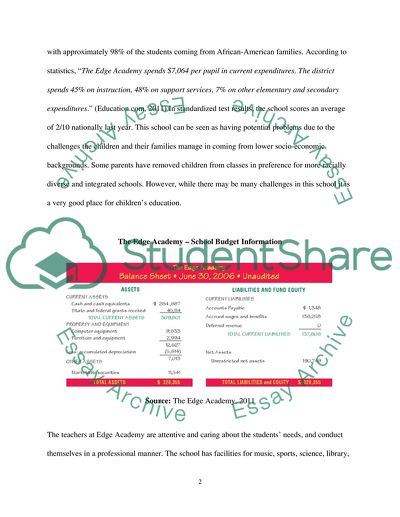Cite this document
(Understanding the Special Needs of Children Research Proposal, n.d.)
Understanding the Special Needs of Children Research Proposal. Retrieved from https://studentshare.org/social-science/1751979-field-report-synthesis-paper-field-experience
Understanding the Special Needs of Children Research Proposal. Retrieved from https://studentshare.org/social-science/1751979-field-report-synthesis-paper-field-experience
(Understanding the Special Needs of Children Research Proposal)
Understanding the Special Needs of Children Research Proposal. https://studentshare.org/social-science/1751979-field-report-synthesis-paper-field-experience.
Understanding the Special Needs of Children Research Proposal. https://studentshare.org/social-science/1751979-field-report-synthesis-paper-field-experience.
“Understanding the Special Needs of Children Research Proposal”, n.d. https://studentshare.org/social-science/1751979-field-report-synthesis-paper-field-experience.


